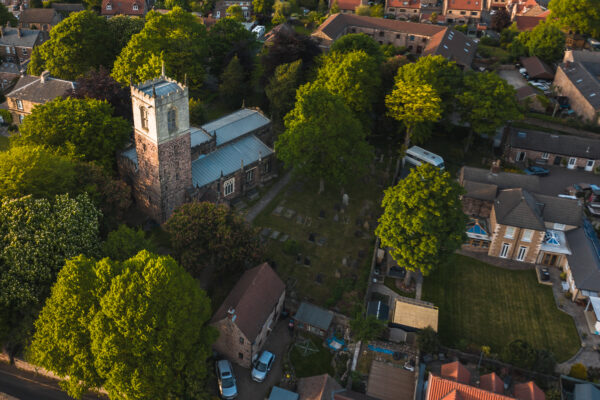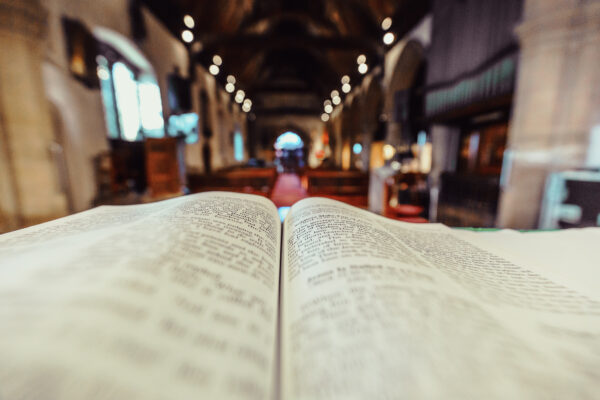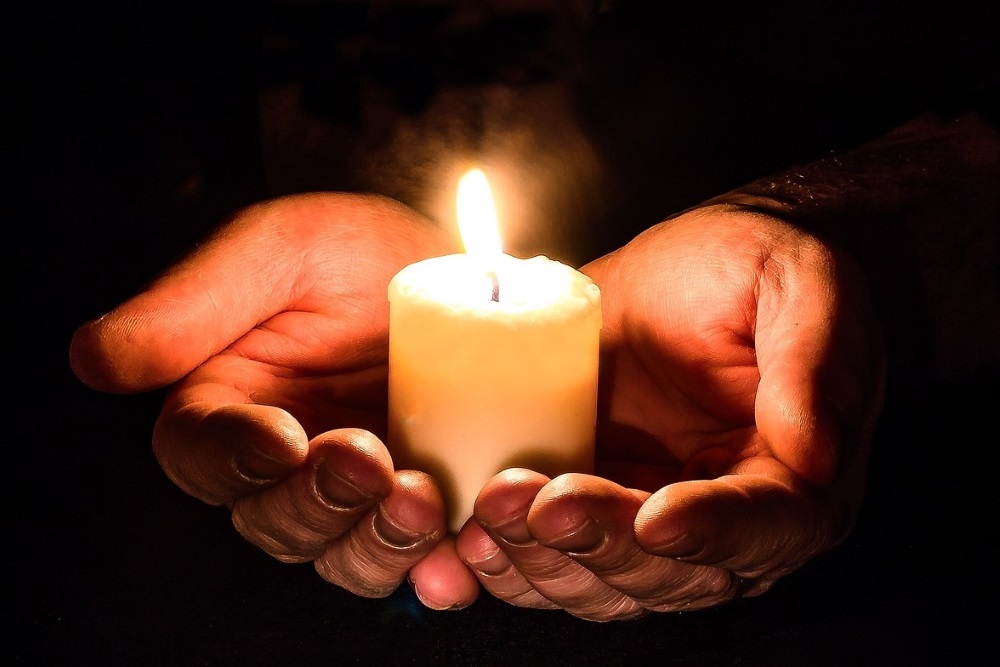Sunday 28th January
Year B:
Liturgical Colour: Gold or White
Readings:
- Psalm 24:1-10
- Malachi 3:1-5
- Hebrews 2:14-18
- Luke 2:22-40
(The Presentation of Christ always falls on 2nd February, but it may be celebrated on the Sunday between 28th January and 3rd February.)
Background
The Presentation of Christ in the Temple, also known as Candlemas, is forty days after Christmas and ends the season of Epiphany. It also marks the midpoint between the incarnation and the beginning of Passiontide.
The child manifested to the Magi at his birth is now recognised by Simeon and Anna when he comes to be presented in the Temple in accordance with the law. The laws concerned; circumcision, purification of women after childbirth and the sacrifice of two birds are conflated in the passage. Whilst there are undoubtedly ethical issues surrounding each one of these that might properly be explored, our worship is focussed on Jesus being both ‘a light to lighten the Gentiles’ and ‘the glory of God’s people Israel’.
As we present ourselves before God in worship we symbolically receive and carry that light with us. There are various liturgical suggestions as to how we might do this, which can be found here.
It is also a good excuse to go to town with tealights. But do take proper health and safety precautions!
Reflection
One tradition involves lighting and blessing congregational candles before everyone leaves their seats and processes to the font or church door. This usually happens at the end of the service, but could be at the beginning or before the Gospel reading. The conclusion to the procession might include this responsory which could be adapted and used in daily personal prayer in preparation for Lent.
Father, here we bring to an end our celebration
of the Saviour’s birth.
All Help us, in whom he has been born,
to live his life that has no end.
Here we have offered the Church’s sacrifice of praise.
All Help us, who have received the bread of life,
to be thankful for your gift.
Here we have rejoiced with faithful Simeon and Anna.
All Help us, who have found the Lord in his temple,
to trust in your eternal promises.
Here we have greeted the light of the world.
All Help us, who extinguish [bear] these candles,
never to forsake the light of Christ.
Here we stand near the place of baptism.
All Help us, who are marked with the cross,
to share the Lord’s death and resurrection.
Here we turn from Christ’s birth to his passion.
All Help us, for whom Lent is near,
to enter deeply into the Easter mystery.
Here we bless one another in your name.
All Help us, who now go in peace,
to shine with your light in the world.
Thanks be to God. Amen.
Simeon’s prayer in the gospel reading has become well-known as the Nunc Dimittis. (The first few Latin words of a canticle form its name.) This forms part of the service of Night Prayer or Compline, which I thoroughly recommend as spiritual cocoa in an evening!
So what?
I am struck by two things in this passage. The first is that Simeon and Anna are both older in years and have waited in hope for a long time. The second is that this is one of at least 27 times Luke includes both women and men in his record of Jesus’ birth, life, ministry, death and resurrection; testimony to how he included both men and women.
Sometimes we can focus on those who are not in our congregations so much, it is easy to forget to honour those who are there. Perhaps the following responsory might also be included somewhere?
Abraham and Sarah
celebrated old age
by selling up and going travelling
OLDER PEOPLE ARE LED BY GOD
Sarah and Tobit
celebrated old age
by loving and growing closer together
OLDER PEOPLE ARE BLESSED BY GOD
Anna and Simeon
celebrated old age
by discovering what they had yearned for
OLDER PEOPLE ARE GIFTED BY GOD
God says. ‘In your old age I will take care of you.
When your hair is grey,
I will give you help and support.’*
OLDER PEOPLE ARE CHERISHED BY GOD
*Isaiah 46.4
Ruth Burgess, (2005) ‘Hay and Stardust: Resources for Christmas to Candlemas’ Wildgoose Publications



